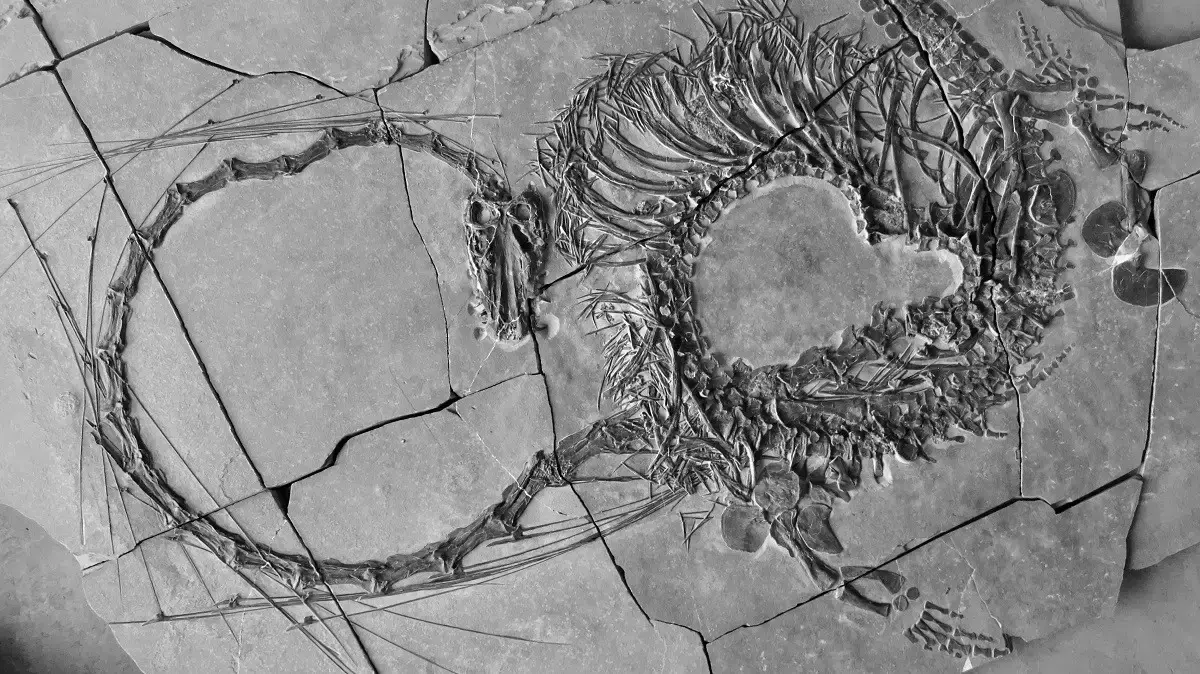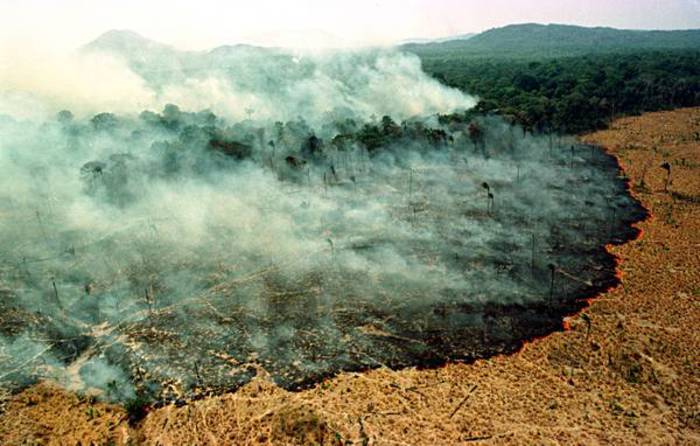A few million years before the dinosaurs... Scientists have discovered fossils of trees in a forest dating back 290 million years in the Brazilian state of Parana (south), a "window on the past" for study the evolution of plants.
The discovery of this fossilized forest of 164 lycophyte trees (without fruits, flowers or seeds) of an already extinct variety is "the most important in the southern hemisphere" in terms of quantity and quality of preservation, explains Thammy Mottin, geologist from the University of Parana.
"These plants, whose age is estimated at 290 million years, represent very primitive life forms in the history of the earth", continues this scientist, who carried out her research in partnership with the universities of Rio Grande. do Sul (southern Brazil) and the University of California at Daves, USA.
The 165 trees were discovered by chance, then gave rise to very long excavations.
AFP/Ricardo Chicarelli AFP or licensors
This forest, which grew near the places where the city of Ortigueira is today, "shows how the first plants spread, how they were distributed in space and what their interactions were" with other forms of life.
At the time, 40 million
years before the appearance of the dinosaurs, the continents were not arranged in the same way.
Living beings populated a single continent called Pangea.
A few rare similar discoveries have taken place in the southern hemisphere, notably in the state of Rio Grande do Sul or in Argentine Patagonia, but all of much smaller dimensions.
The fossilized forest of Parana was discovered at the end of 2018, by chance, during geological studies for the layout of a road to a factory.
A long-term study was then launched.
The results, published in February in the scientific journal "Palaeogeography, Palaeoclimatology, Palaeoecology", of the Dutch group Elsevier, were popularized recently in the Brazilian press.
The exceptional preservation was made possible because the trees “were buried when they were still alive, then gradually covered with sediment”, explains Thammy Mottin.
The forest was then “kept almost as is” after being covered by a flooding river that froze.








/cloudfront-eu-central-1.images.arcpublishing.com/prisa/IOQOCJLRXFFHVAIFFVFKAPDUG4.JPG)






